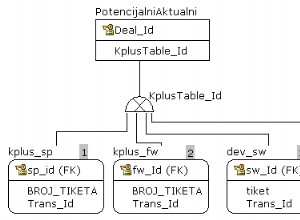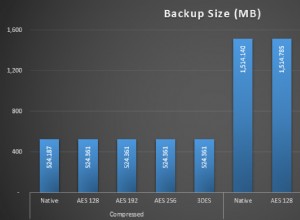Możesz ustawić go jako funkcja potokowa :
najpierw potrzebujesz typu tabeli:
create or replace type result_tab as table of varchar2(32767);
Następnie zmień swój kod w funkcję potokową:
create or replace function your_func return result_tab PIPELINED is
rec employees_practice%rowtype;
sam taxObligations%rowtype;
socialsecurity number;
rentallowance number;
transportation number;
taxableincome number;
incometaxliability number;
netpay number;
total number;
totaldeductions number;
begin
for rec in (select * from employees_practice)
loop
socialsecurity:=(5.5/100)*(rec.salary);
rentallowance:=(20/100)*(rec.salary);
if(rec.Category='S')
then transportation:= 150;
else transportation:=100;
end if;
taxableincome:=rec.Salary-socialsecurity+rentallowance+transportation;
for sam in (select * from taxObligations)
loop
if(taxableincome between sam.Minincome and sam.Maxincome)
then incometaxliability:= sam.MinimumBracketTax + (taxableincome-sam.Minincome)*(sam.TaxBracketRate/100);
else incometaxliability:=null;
end if;
end loop;
netpay:= taxableincome-incometaxliability;
total:= rec.Salary + rentallowance + transportation;
totaldeductions:=socialsecurity + incometaxliability;
-- Here, I used PIPE ROW() to give an output in different format.
pipe row('what ever you had in your dbms_output command');
end loop;
return;
end your_func;
Teraz możesz wywołać / zapytać go w ten sposób:
select * from table(your_func)




